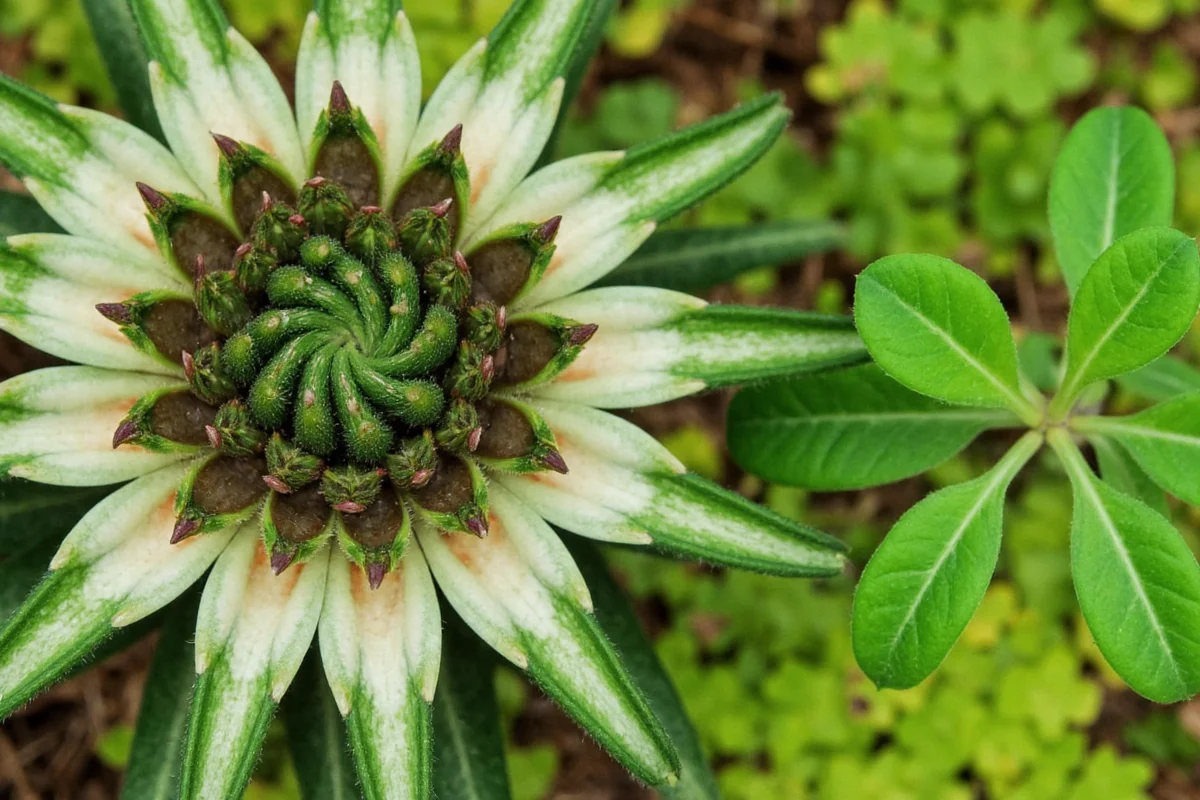Succulent plants have captivated gardeners and plant lovers worldwide with their diverse forms and resilient nature. This article delves into various succulent growth forms, exploring their unique characteristics and explaining how each type can be cared for in a garden setting. These fascinating structures offer not only aesthetic appeal but also functional qualities that make them ideal for both indoor and outdoor cultivation.
Rosette Succulents
Rosette succulents are perhaps the most iconic and recognizable of all succulent forms. Their leaves are arranged in a circular pattern, resembling a rose. This arrangement helps the plant capture sunlight efficiently. These succulents are popular among both beginner and experienced gardeners because they are aesthetically pleasing and generally easy to care for.
| Common Varieties | Watering Needs | Sunlight Requirements |
|---|
| Echeveria | Low | Bright, indirect |
| Sempervivum | Moderate | Full sun |
| Dudleya | Low | Bright, indirect |
- Characteristics: Rosette shape aids in water conservation.
- Care Tips: Allow soil to dry between watering.
- Common Use: Popular for indoor displays due to compact size.
Columnar Succulents
Columnar succulents grow upright, resembling columns or towers. This form is typical in many cacti and helps the plants survive in arid environments by minimizing sun exposure and reducing water loss through smaller surface areas. Their vertical growth makes them excellent choices for narrow spaces and garden accents.
| Common Varieties | Watering Needs | Sunlight Requirements |
|---|
| Cereus | Low | Full sun |
| Trichocereus | Moderate | Full sun |
| Lophocereus | Low | Full sun |
- Characteristics: Tall and upright growth with ribbed stems.
- Care Tips: Avoid watering too frequently; ensure good drainage.
- Common Use: Statement pieces in xeriscape gardens.
Trailing Succulents
Trailing succulents are intriguing due to their ability to cascade over pots and walls, creating lush, hanging displays. These plants are perfect for adding texture and depth to plant arrangements. Their growth form allows them to thrive in containers and hanging baskets.
| Common Varieties | Watering Needs | Sunlight Requirements |
|---|
| Senecio | Moderate | Bright, indirect |
| Peperomia | Moderate | Partial shade |
| Othonna | Low | Bright, indirect |
- Characteristics: Features long stems that trail down.
- Care Tips: Ensure stems do not become too tangled; prune if necessary.
- Common Use: Ideal for vertical gardens and hanging baskets.
Clustered Succulents
Clustered succulents grow in groups, forming dense mats or clusters of rosettes. This growth form is advantageous in preserving moisture and providing stability on rocky terrains. These succulents often spread quickly and cover areas, making them suitable for ground cover.
| Common Varieties | Watering Needs | Sunlight Requirements |
|---|
| Crassula | Low | Full sun |
| Haworthia | Moderate | Bright, indirect |
| Kalanchoe | Moderate | Partial shade |
- Characteristics: Dense growth that forms thick clusters.
- Care Tips: Manage crowding by removing older leaves.
- Common Use: Great for carpet-like ground cover in gardens.
Tree-like Succulents
Tree-like succulents stand apart due to their thick, woody stems and often branched structure resembling small trees. These forms are ideal for use as centerpiece plants, bringing height and structure to container gardens. They adapt well to various environments, thanks to their robust nature.
| Common Varieties | Watering Needs | Sunlight Requirements |
|---|
| Aloe | Moderate | Full sun |
| Pachypodium | Low | Bright, indirect |
| Euphorbia | Moderate | Full sun |
- Characteristics: Woody stems with branching forms.
- Care Tips: Prune to maintain desired shape and remove damaged growth.
- Common Use: Suitable for focal points in garden design.
In conclusion, the diversity of succulent growth forms provides gardeners with numerous possibilities for enhancing their plant collections and garden designs. By understanding each form’s unique attributes and care needs, gardeners can ensure their succulents thrive, adding intrigue and beauty to any space. Whether you prefer the compact elegance of rosettes or the imposing presence of tree-like forms, succulents offer something for everyone.











 浙公网安备
33010002000092号
浙公网安备
33010002000092号 浙B2-20120091-4
浙B2-20120091-4